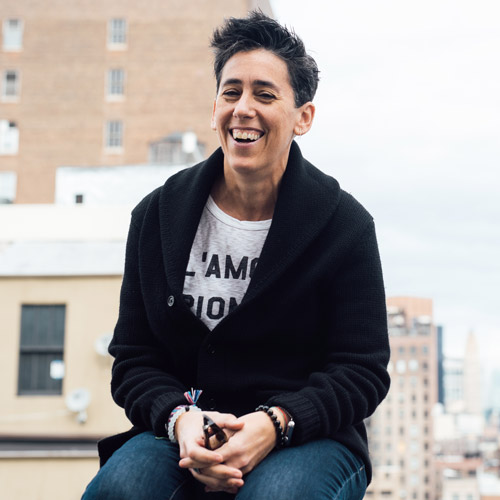The way Americans eat is changing. According to the Bureau of Labor Statistics, Americans spent more money eating out at restaurants than buying food from grocery stores for the first time in 2015. The ever-increasing convenience of ordering food online, combined with Amazon’s recent purchase of Whole Foods, has grocery stores across the country in a panic, scrambling to keep up with rapidly changing markets. Southeastern Grocers is no exception.
Founded in 2011 as the parent company for grocery chains BI-LO, Winn-Dixie, Harveys, and Fresco y Más, Southeastern’s imprints have long been some of the most successful, dominant chains in the southeastern US. But the shift in the way Americans eat, combined with increasing competition from retail giant Wal-Mart’s grocery stores, resulted in some tough times for Southeastern. The company announced 20 store closures, as well as an unspecified number of layoffs, in May 2017. Shortly thereafter, CEO Ian McLeod left the company, and continuing struggles seemed almost certain.
But things have started to turn around for Southeastern, and the roots of this almost certainly lie with a strategy change implemented by McLeod before his departure in 2016. One of Southeastern’s brands that was particularly struggling was Winn-Dixie, the iconic southern supermarket founded in 1925. Winn-Dixie positions itself as solidly middle-of-the-market, which makes it unable to compete with high-end chains, such as Whole Foods, or with bargain-focused chains, such as Wal-Mart.
To try to solve Winn-Dixie’s ongoing struggles, Southeastern began to convert some Winn-Dixie locations to their other imprints—Winn-Dixies across the southeast became Harvey’s. Southeastern rolled out a new, bargain-focused concept for their Harvey’s in November 2016. The walls were painted a vibrant yellow color, and “$1 Zones” full of goods that only cost $1 were added throughout the center of the stores; these $1 Zones contain everything from food, to bottled water, to over-the-counter medicine, to kitchen and cleaning supplies. The “low and staying low” program guarantees that some products’ prices won’t go up for six months; these products are labeled with a yellow thumbs-up sign.
Southeastern didn’t stop there, however: they created an entirely new imprint to better serve their customers. The first Fresco y Más location opened in July 2016 in Hialeah, Florida, with the goal of serving South Florida’s large Hispanic and Latinx population. Fresco y Más locations feature a Cuban-style cafe with Hispanic pastries and desserts; a meat department inspired by traditional Latin butcher shops; a “Cocina,” with a variety of Hispanic and Latin prepared foods; and over 500 Hispanic food items throughout the store.
The response to both the reimagined Harvey’s and to the brand-new Fresco y Más was immediate: customers loved them. Under new CEO Anthony Hucker, Southeastern has converted more and more Winn-Dixie locations throughout the southeast into Harvey’s; there are now a total of 80 locations throughout North Carolina, South Carolina, Georgia, and Florida. Customers also clamored for more Fresco y Más locations, and, as of October 2017, there are now 23 locations throughout South Florida.
Hucker believes that this increasingly localized approach is the key to continued success for the company. “The unprecedented success we have witnessed over the past year at our Fresco y Más and Harveys Supermarket banners is a clear indicator that we are providing localized shopping experiences that resonate with our customers,” he told the Tampa Bay Times. “We know that no one community, customer, or store is exactly the same. And while we’re proud to have four great banners, we think the best way to serve our customers is to tailor a store to the needs of that local community.”
It’s interesting to imagine that the future of the grocery industry may be in moving away from the one-size-fits-all superstore and back towards a more specific, local model. Hucker certainly believes that to be the case. “Our number one value as a company is to put our customers first, always. We believe if we give them fresh products at low prices, quality service and that our stores fit the unique tastes of the community, then they will come shop with us,” he told the Tampa Bay Times. “A lot of the much bigger players are solely transactional. But that’s not us.” With a new, local approach, and a continued focus on serving the needs of their customers, it seems certain that Americans will be shopping with Southeastern Grocers for years to come.


